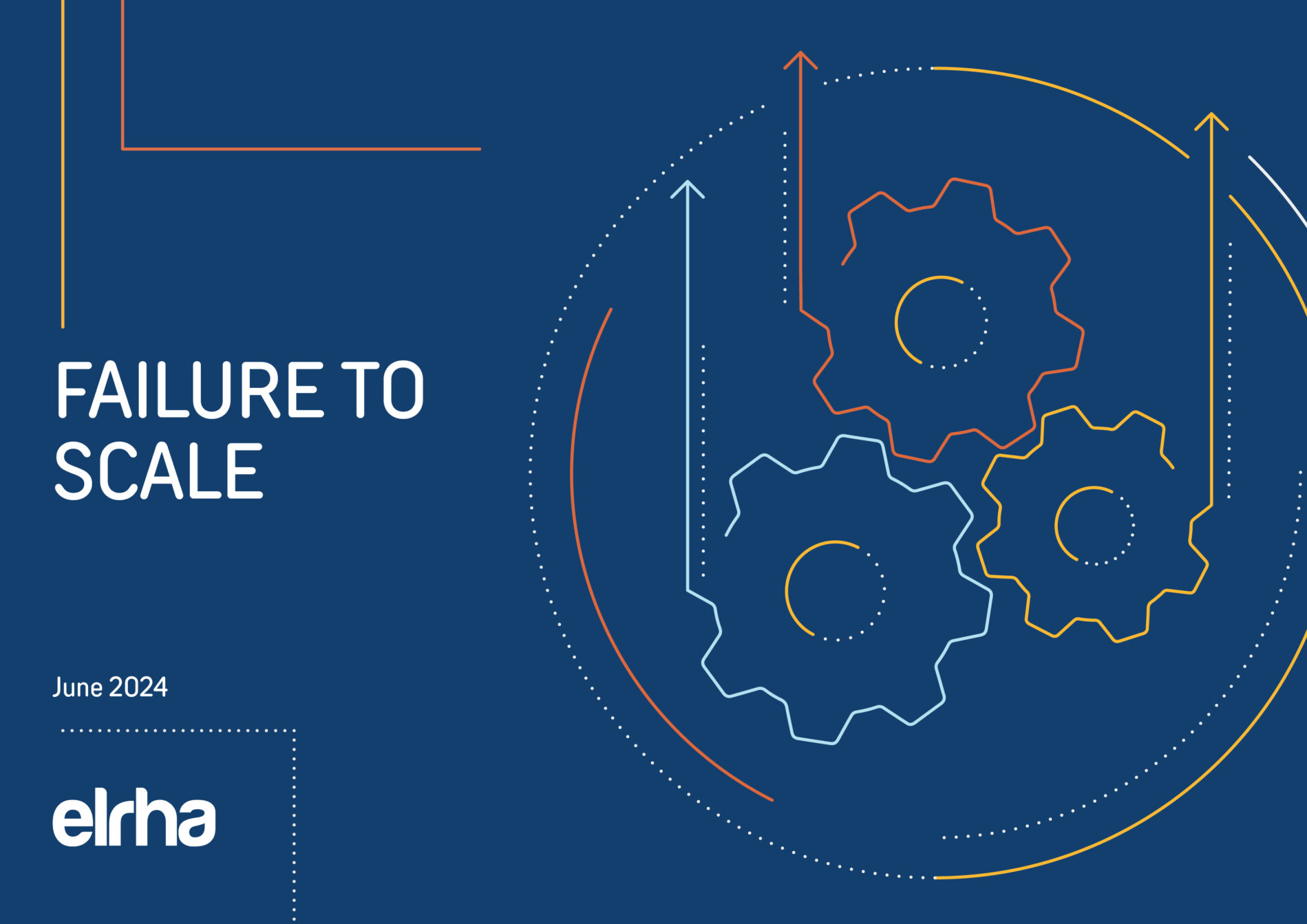Inclusive Community Preparedness for Sexual and Reproductive Health in Nepal

Nepal is highly vulnerable to diverse cyclical natural hazards and disasters, including flooding, landslides, earthquakes, drought, and wildfires.1 In 2015, massive earthquakes struck Nepal, causing catastrophic damage and thousands of fatalities. In 2019, flooding and landslides caused more than 100 fatalities and destroyed or damaged more than 60,000 homes.2 In recent months, Nepal has suffered multiple disaster events, including flooding and landslides, against the backdrop of the global COVID-19 pandemic.
Effective emergency preparedness depends on inclusion of community members in all their diversity, regardless of their gender, age, disability status, race or ethnicity, sexual orientation, gender identity or expression, or religion. Older people and people with disabilities are consistently left out of assessments and preparedness planning, including the development of disaster risk reduction and disaster risk management policies and meetings. This not only leaves their specific needs and priorities unaddressed, but it also deprives the community of their unique knowledge, expertise, and leadership.
In this project, FPAN, the Nepal Disabled Women Association (NDWA), the Senior Citizen Care Society (SCCS), and WRC worked together to conduct participatory research in partnership with older people and people with disabilities to learn more about their priorities for disaster preparedness and SRH care. Research questions included:
• What are the SRH needs and priorities of older people and people with disabilities in Nepal, including in the aftermath of emergencies?
• What barriers hinder inclusion and participation of older people and people with disabilities in emergency preparedness at the community level?
• How can older people and people with disabilities lead community-level gender and SRH preparedness, response, and recovery to ensure more inclusive humanitarian action?
This report details the project’s key findings, and corresponding recommendations and guidance to ensure that emergency preparedness activities at the community level are inclusive and accessible for people with disabilities and older people, and responsive to their needs and priorities.